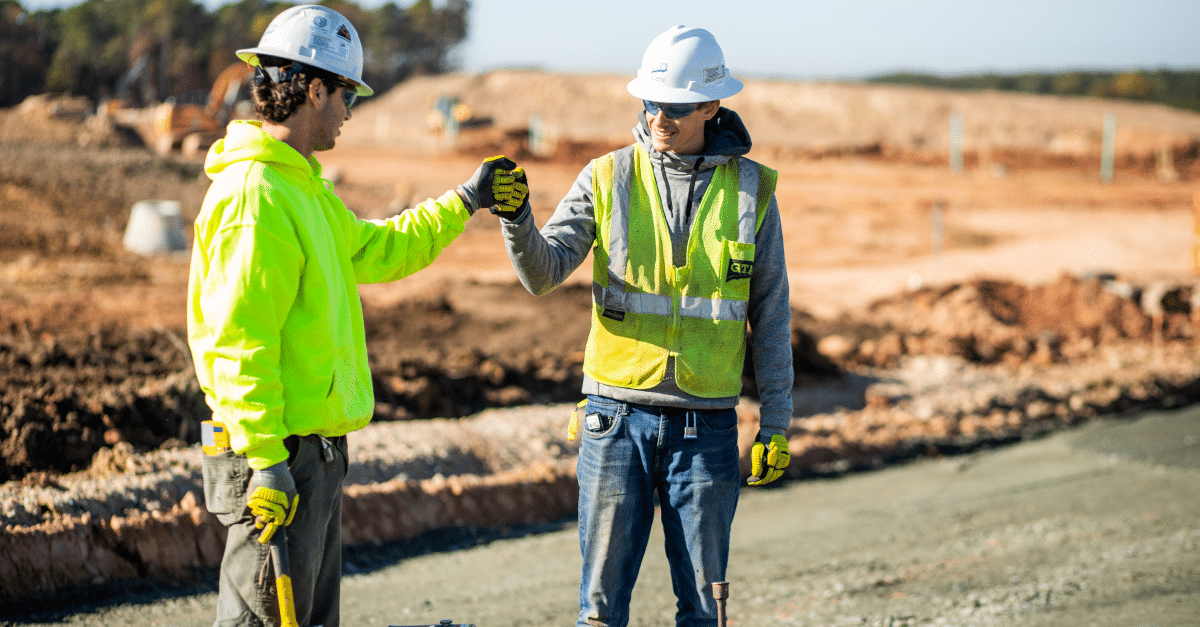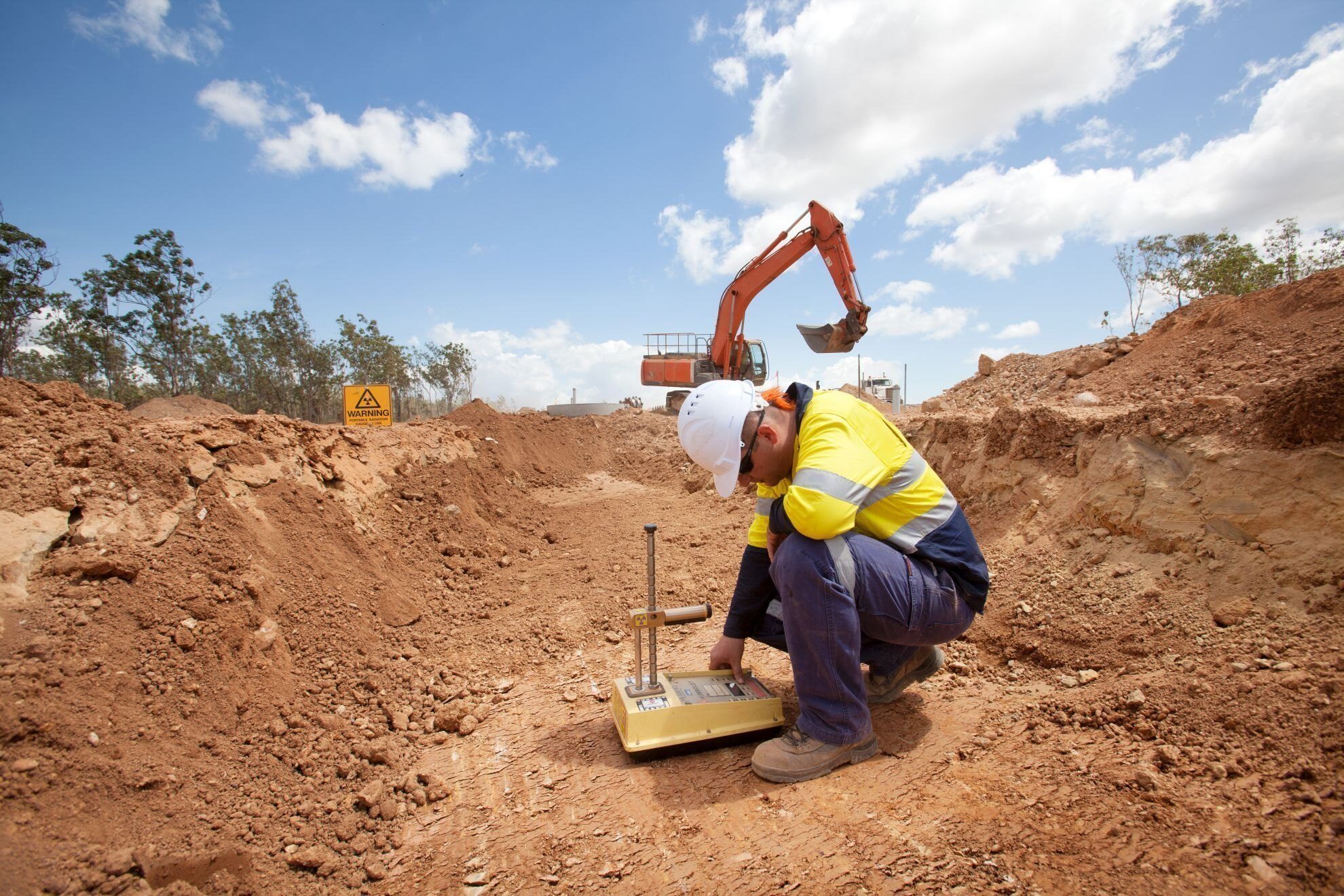An Unbiased View of Specialized Geotechnical Engineering Solutions
Specialized Geotechnical Engineering Solutions for Beginners
Table of ContentsIndicators on Specialized Geotechnical Engineering Solutions You Need To KnowThe Ultimate Guide To Specialized Geotechnical Engineering SolutionsSpecialized Geotechnical Engineering Solutions for BeginnersIndicators on Specialized Geotechnical Engineering Solutions You Should Know
They carry out site investigations, gather samples, do laboratory examinations, and assess information to examine the viability of the ground for building and construction tasks. Based upon their searchings for, geotechnical engineers offer suggestions for foundation style, incline security, preserving structures, and mitigation of geotechnical dangers. They work together with various other experts, such as designers, architectural designers, and construction groups, to guarantee that geotechnical factors to consider are integrated into the general project design and implementation.
Structure Style: Geotechnical designers play a vital role in creating foundations that can safely sustain the desired framework. They analyze the dirt problems and lots requirements to establish the ideal structure type, such as superficial foundations (e.g., grounds), deep structures (e.g., stacks), or specialized strategies like dirt improvement. They think about elements such as negotiation limitations, bearing capacity, and soil-structure communication to establish ideal foundation styles.
Getting My Specialized Geotechnical Engineering Solutions To Work
Here are some kinds of geotechnical engineers: Structure Designer: Foundation engineers specialize in making and examining structures for structures - Specialized Geotechnical Engineering Solutions. They analyze the soil problems, lots requirements, and website features to establish one of the most ideal structure type and design, such as shallow structures, deep foundations, or specialized techniques like pile structures
They do area screening, collect samples, and assess the collected information to identify the soil buildings, geologic formations, and groundwater conditions at a site. Geotechnical Instrumentation Designer: Geotechnical instrumentation designers concentrate on surveillance and gauging the behavior of soil, rock, and structures. They set up and keep instrumentation systems that keep track of variables such as soil negotiation, groundwater levels, incline motions, and structural displacements to evaluate efficiency and give very early warnings of potential problems.
In the office atmosphere, geotechnical engineers use specialized software tools to perform calculations, create styles, and examine information. Specialized Geotechnical Engineering Solutions. They prepare records, review project specifications, communicate with clients and team members, and coordinate project activities. The office setting supplies a favorable atmosphere for research study, analysis, and partnership with other professionals associated with the job
They regularly visit project sites to carry out site investigations, analyze geotechnical conditions, and collect information for analysis. These sees include traveling to different areas, occasionally in remote or challenging surfaces. Geotechnical designers might execute soil sampling, conduct tests, and screen building and construction activities to ensure that the geotechnical elements of the task are being applied correctly.
The Definitive Guide for Specialized Geotechnical Engineering Solutions
Geotechnical engineers also function in specialized geotechnical labs. In these centers, they conduct experiments, execute examinations on dirt and rock examples, and assess the design residential or commercial properties of the products. Geotechnical research laboratory designers work thoroughly in these settings, dealing with screening equipment, operating instruments, and videotaping data. They work More about the author together with various other research laboratory staff to make sure exact and reliable testing outcomes.
Maintaining Walls: Creating walls that keep back dirt to stop landslides and give more information stability on sloped terrains. Embankments and Earthworks: Designing embankments for roads, trains, and dams to guarantee they continue to be stable under anxiety. The mining industry relies greatly on geotechnical design to guarantee the safety and security and long life of its operations.
With this in mind, we have developed our program to prepare trainees for success. The Geotechnical Design program at the College of Delaware supplies opportunities for advanced research study and study in: Dirt and rock technicians Soil-structure communication Integral modeling Computational geomechanics Structure and earth structures engineering Ground enhancement Slope stability and landslide stabilization Liquefaction of dirts and earthquake engineering Lab characterization of geomaterials and soil support Environmental geotechnics Given the solid demand for renovation to our nation's infrastructurethe American Culture of Civil Engineers provided the U.S.
Geotechnical design is a branch of civil engineering; nevertheless, it involves making use of scientific methods and principles to accumulate and analyze the physical residential or commercial properties of the ground. Geotechnical engineers are included in all phases of the design of structures, from concept to construction. Their job is crucial in the layout and planning process as they evaluate the integrity of soil, clay, silt, sand, and rock, prior to building beginning.
Little Known Questions About Specialized Geotechnical Engineering Solutions.
This is followed by a ground investigation based upon the findings of the workdesk research study and includes test matching and tasting to reveal any kind of possible concerns. Geotechnical designers function within multidisciplinary groups, supported by intermediate and junior designers along with by CAD professionals. As a senior geotechnical engineer on a hydro plant more task, jobs may consist of taking part in technical evaluations (e.g., peer evaluations), tailings clog evaluations, dam safety reviews, and other studies connected to the design and construction of mine waste facilities.
While some professionals specialise only in geotechnics, others might work under titles like engineering geologist or ground designer within comparable abilities. As a geotechnical designer, you'll require to: develop and preserve connections with clients and various other specialists associated with the website, throughout each projectmaintain safety and security criteria on website bear in mind price effects when you make recommendationsstudy geological maps and aerial photographs from a series of sources and from different time periodsexamine building prepares to see just how viable they are based on your understanding of the siteinvestigate risks or geological hazards for the sitesearch for environmentally delicate functions, such as landfill start to create factual and expository ground modelsplan field investigationsdrill and analyse examples of bedrock, dirt, groundwater and additional materials manage various other specialists on sitesolve technical problems as they emerge, such as unanticipated frameworks at drill sitesmonitor conditions throughout and after building to make certain structures are stable in the brief and lengthy termadd data accumulated on site to your first researchcreate geotechnical computations, drawings, and 2 or three-dimensional computer models translating the datamake recommendations regarding the suggested use the site.
There are whole lots of opportunities to satisfy brand-new people, as you'll function with a range of professionals at every site. The job can be demanding as you might be liable for the security of others while on site. There is additionally a high level of economic obligation, as the recommendations you make can have serious price implications.
